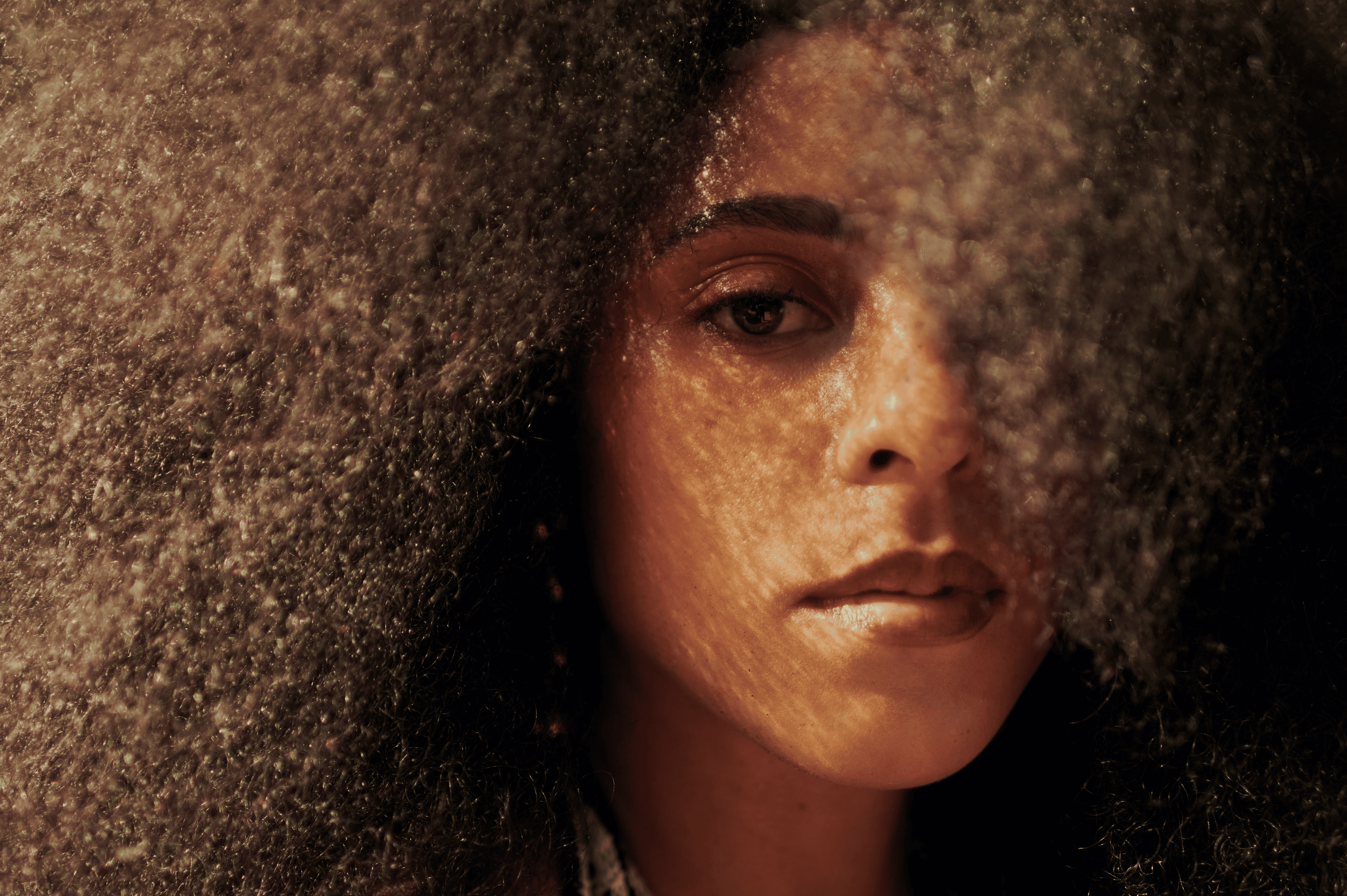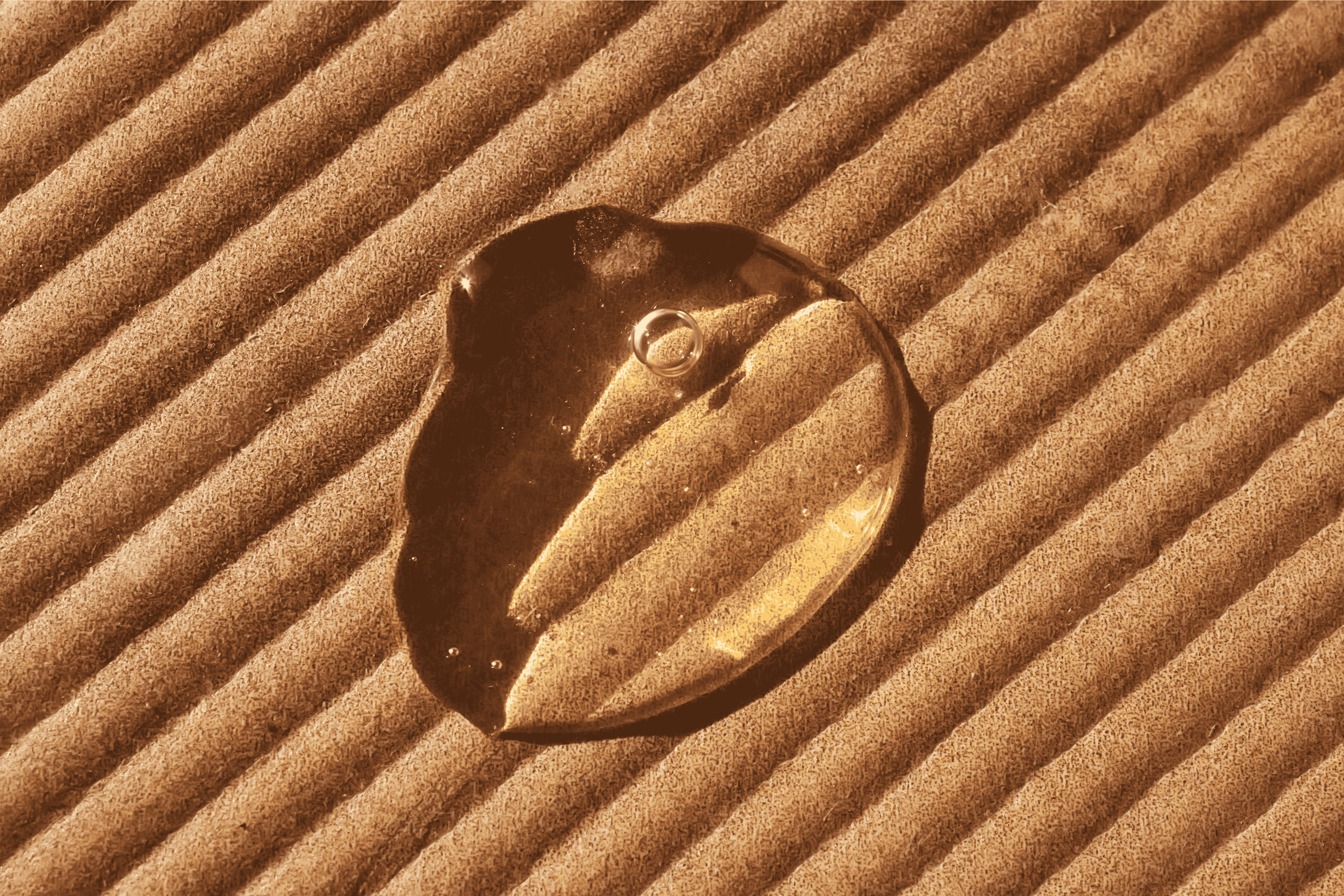Why Shampoo Bars are an Upgrade from Your Average Soap Bars

There was a time when a bar was just a bar. A simple, solid block that sat by the bathroom sink or on a little soap dish by the bath tub. It was that same bar we used for literally grooming, our skin (and when you’re running low on shampoo…our hair). And somehow, it worked. Or so we thought.
Back then, no one questioned it. Soap was soap, and soap solely existed to clean. The scent of that bar meant freshness, a kind of nostalgic purity that felt comforting. Mothers would lather it between their palms till it foamed, scrub our scalps with it, wash our bodies, then rinse us down, and we’d come out squeaky-clean, shivering, but happy.

It was simplicity at its finest. But hidden under that simplicity was something our hair never quite said out loud. It was surviving, but definitely not thriving.
When One Bar Did It All
Before we had shelves lined with separate shampoos, conditioners, and treatments, there was just one faithful bar. Sometimes white, sometimes green, sometimes kinda brown with a faint herbal smell, and it washed everything.
It didn’t matter if it was the same bar for our skin and hair…it was convenient for us
But as the world evolves, we’ve come to understand our hair more deeply, especially textured, curly, or coily hair. We’ve realized something profound, that though our scalp is skin, our hair isn’t.

Your scalp might survive a little dryness, maybe even bounce back after a harsh wash. But your strands? They don’t get that luxury. Even on good days, the oils your scalp produces rarely make it down to your ends. So imagine when your scalp’s oils are stripped completely, your strands are left to starve, dry, fragile, and forgotten. They can’t bounce back so easily. Once hair loses moisture or becomes damaged, it doesn’t heal; it only breaks, dries, or frizzes. Yet for years, we gave it the same harsh cleansing that wasn't even the most suitable for hands and feet.
How soap making began
Let’s go back in time for a moment. Soap-making is one of the oldest crafts known to humanity. Thousands of years ago, in ancient Babylon, people discovered that boiling animal fats with ash created a cleansing substance: soap.
It wasn’t that glamorous, but it worked. It cleaned clothes, dishes, skin, and hair. Everyone used it because that was all there was.

But here’s the thing, you should know Soap is naturally alkaline, meaning it has a high pH. Maybe the skin on our body can handle it because it regenerates quickly and replaces its natural oils, but not hair. Our Hair has a completely different structure.
The surface of your hair, called the cuticle, is made up of overlapping scales. When pH rises (as it does with soap), those scales lift. Once lifted, moisture escapes, and your strands become rough, tangled, and brittle.
Back then, we didn’t have the science to know that. All we saw after washing was clean hair. What we didn’t see was the quiet damage, the dryness that built up over time. And that dullness became normal. It seemed normal for textured hair to be dull, rough, and hard to manage. But then, textured hair can be soft and radiant
Èyí Dára believes in softness, in the beauty of hair that feels as good as it looks. That’s why every product we create is made with care, crafted to help wo(men) everywhere nurture the beauty that’s already theirs.

The Birth of the Shampoo Bar
You know that squeaky feeling you get when you wash your hair with soap? That tight, overly clean texture? We used to think that meant our hair was really clean. But that squeak is actually your scalp’s cry for help. It means all your natural oils have been stripped away and your hair is feeling crispy (a.k.a dry).
Your hair may not speak, but it remembers. It remembers every wash day that left it a little more tired, a little less shiny, a little more fragile.
And that’s where the story changes. Fast forward to when shampoo began in India with the use of herbals and Ayurveda, and later European chemists adopted this method, realising that hair wasn’t skin, it needed something gentler. And so, shampoo was born.
At first, it came in liquid form, softer, less alkaline, and designed to cleanse without stripping. But over time, in the name of convenience and sustainability, we circled back to the idea of a bar, and this time, a smarter bar. Unlike traditional soap, shampoo bars don’t rely on harsh lye or heavy fats. Instead, they’re formulated with gentle surfactants, mild cleansers derived from plants or coconuts that lift dirt and oil without disrupting your hair’s natural balance.
Take, for instance, our Èyí Dára Moisturizing Shampoo Bar. It’s made with Sodium Cocoyl Glutamate, an amino acid-based cleanser so gentle it’s often used in baby formulations. Derived from natural coconut oil and fermented sugar, it contains the same building blocks as your hair’s natural keratin, helping to repair weak spots, smooth rough cuticles, and restore elasticity. The amino acids in this cleanser help to nourish and fortify from the root, leaving your strands stronger and more resilient after every wash.
So while it looks like a soap bar with the same shape and probably the same size, its purpose, its chemistry, and its care are completely different.

pH Balance - Because Balance Matters
You’ve probably seen pH-balanced on your skincare labels, and you know it’s just as important for hair?
Your scalp and hair thrive in a slightly acidic environment, around pH 4.5 to 5.5. This acidity keeps your hair cuticle smooth and helps your scalp maintain its natural barrier.
Soap, on the other hand, sits way too high on the pH scale, usually between 8 and 11. That’s far more alkaline than your hair can handle. When that happens, your cuticles lift, moisture slips out, and what’s left behind is a hair that feels dry, dull, and rough to the touch.
This is why shampoo bars are carefully balanced to respect your scalp’s natural environment while cleansing effectively and contributing to sustainability and convenience.
When Soap Meets Hard Water
Another thing we rarely talk about: hard water. Most homes have it, water rich in minerals like calcium and magnesium. When soap mixes with those minerals, it forms soap scum, that stubborn, waxy residue that clings to sinks and bathtubs. Now imagine that same film coating your hair as build up.
That’s why hair washed with soap often feels heavy, coated, or even sticky, no matter how much you rinse.
Shampoo bars, however, are formulated differently. They don’t react with hard water in the same way, meaning your hair feels clean, soft, and light, the way it’s meant to.
What makes a shampoo bar so special? It’s not just what’s in it, but how it treats you.
Our Èyí Dára Moisturizing Shampoo Bar isn’t about lather for aesthetics or scents, it’s about care that makes good sense. Each ingredient is chosen to respect your hair, to cleanse without stripping it, to hydrate without heaviness, and to balance with care.
It’s infused with lightweight botanical oils, butters, and gentle actives that don’t just wash, they also nourish. Because every wash day should leave your scalp refreshed, not tight. Your strands are soft, not squeaky.
That’s the difference between washing your hair and caring for it.
Why We Held On To Soap for So Long
It’s easy to wonder, if soap wasn’t good for our hair, why did we use it for so long?

The answer is simple, we didn’t have better options. For a long time, one bar soap did it for the body, hair. It wasn’t about luxury or choice; it was about what was available.
Our mothers used what they had and somehow, they still managed to make our hair shine, oiling it, braiding it, wrapping it at night. Their care made up for what the soap stripped away. But now, we have the knowledge and the tools they didn’t.
And knowledge invites evolution.
The scalp is skin, but special. We often forget that the scalp is skin, living, breathing, and sensitive. It sweats, it produces oils, and it holds thousands of hair follicles that need balance and care.
When we cleanse it with something too harsh, it rebels, producing flakes, itchiness, or even slowed growth. A well-balanced shampoo bar respects the scalp’s microbiome, that invisible ecosystem that keeps everything functioning smoothly.
So when you choose a shampoo bar over a soap bar, you’re not just washing your hair, you’re nurturing the very ground it grows from.
It’s Time to Rethink What a Bar Means
It’s funny how something as simple as a bar can tell such a big story. For years, it symbolized convenience. Now, it’s becoming a symbol of mindfulness, gentleness and wisdom not just for your hair but for the planet.
At Èyí Dára, we’re bringing that story full circle. Our shampoo bar is still compact, simple, travel-friendly, and sustainable, but unlike the old soap bar, it doesn’t demand that you compromise on your hair. It’s what happens when care evolves, when tradition meets knowledge, and simplicity meets science.

Final Conclusion
Maybe bars will always remind us of home, memories of mothers washing our hair lovingly, hints of soapy scent that lingered in the air. But now, we know better.
We’ve learned that care is not just about cleanliness, it’s also about understanding.
So, the next time you see a shampoo bar, it’s not just cleansing your hair, it’s about respecting it. Because your hair doesn’t just need to be washed. It deserves to be cared for.




Comments